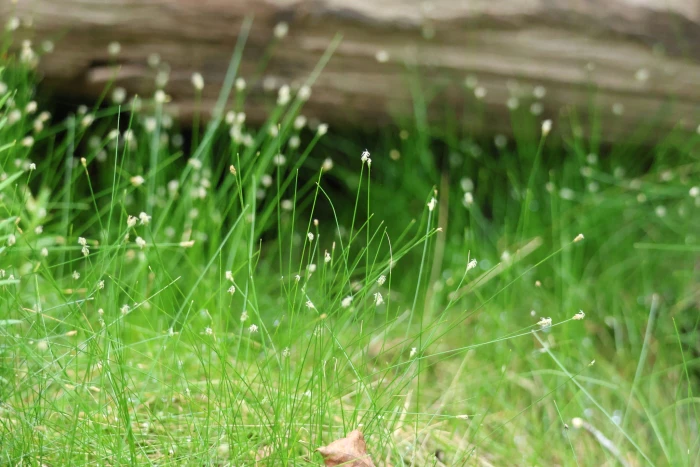Small-Fruited Spikesedge
(Eleocharis microcarpa)
Small-Fruited Spikesedge (Eleocharis microcarpa)
/
/

© er-birds
CC BY 4.0
Image By:
© er-birds
Recorded By:
Copyright:
CC BY 4.0
Copyright Notice:
Photo by: © er-birds | License Type: CC BY 4.0 | License URL: http://creativecommons.org/licenses/by/4.0/ | Uploader: er-birds | Publisher: iNaturalist |
























Estimated Native Range
Climate Requirements for Kent, Ohio
| This Plant | Your Site | Plant Suitability for Your Location | ||
|---|---|---|---|---|
| • Precipitation | 25" - 66" | 39" | Aquatic | Aquatic |
| • High Temp. | 77°F - 95°F | 82°F | Your summer temperatures are normal for this plant. | Excellent |
| • Low Temp. | 1°F - 71°F | 17°F | Your winter temperatures are normal for this plant | Excellent |
This plant should grow well at your location with about N inches per year (Y minutes per month) of irrigation.
Summary
Eleocharis microcarpa, commonly known as small-fruited spikesedge or spike-rush, is a perennial herb native to marshes, wet meadows, and the edges of ponds and streams in North America. This species is adapted to saturated soils and often forms dense colonies. It typically grows to a height of 10-35 cm and features slender, grass-like stems with small, inconspicuous flowers that are greenish-brown to straw-colored, blooming from late spring to early fall.
Small-fruited spikesedge is valued for its role in wetland ecosystems, providing habitat and food for wildlife, and is used in restoration projects to stabilize soil and filter water. It is well-suited for rain gardens and naturalized areas where it can tolerate fluctuating water levels. In cultivation, it requires consistently moist to wet soils and can grow in full sun to part shade conditions. While not commonly found in the horticultural trade, it can be a useful plant for ecological gardening. Potential problems include susceptibility to drought and competition from more aggressive wetland species.CC BY-SA 4.0
Small-fruited spikesedge is valued for its role in wetland ecosystems, providing habitat and food for wildlife, and is used in restoration projects to stabilize soil and filter water. It is well-suited for rain gardens and naturalized areas where it can tolerate fluctuating water levels. In cultivation, it requires consistently moist to wet soils and can grow in full sun to part shade conditions. While not commonly found in the horticultural trade, it can be a useful plant for ecological gardening. Potential problems include susceptibility to drought and competition from more aggressive wetland species.CC BY-SA 4.0
Plant Description
- Plant Type: Grass
- Height: 0.5-1.5 feet
- Width: 0.5-1 feet
- Growth Rate: Moderate
- Flower Color: N/A
- Flowering Season: Spring, Summer, Fall
- Leaf Retention:
Growth Requirements
- Sun: Full Sun, Part Shade
- Water: High
- Drainage: Medium, Slow, Standing
Common Uses
Erosion Control, Low Maintenance, Water Garden
Natural Habitat
Native to marshes, wet meadows, and edges of ponds and streams
Other Names
Common Names: Pygmy Spikerush
Scientific Names: Eleocharis microcarpa , Heleocharis cubensis , Scirpus microcarpus
GBIF Accepted Name: Eleocharis microcarpa